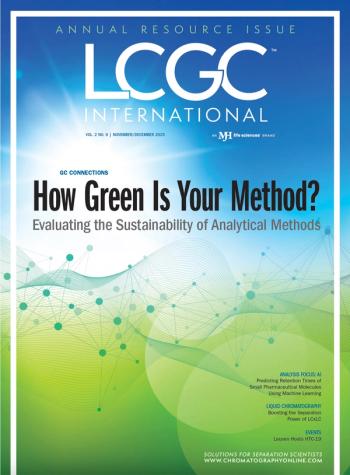
HPLC Market Predicted to Reach $7.9 Billion by 2030
A new report from Meticulous Research attributes the growth to the development of antibody-based therapeutics and biosimilars.
New analysis from the market research firm Meticulous Research predicts growth in the high performance liquid chromatography (HPLC) market over the next six years. The HPLC industry and its systems, hardware, and software are expected to reach a combined worldwide value of $7.9 billion by 2030,
The firm associates much of the current market intrigue in HPLC with antibody-based therapeutics and biosimilars for which U.S. Food & Drug Administration (FDA) emergency approvals came fast and furious in the first years of the COVID-19 pandemic. The need to identify and quantify components in complex samples, as typical of liquid chromatographic analysis, is cited as a major reason for not only biopharmaceutical companies, but also hospitals and clinics, to invest in HPLC systems, according to Meticulous Research.
Between the current midpoint of 2023 and the end of the decade, Meticulous Research said, the compound annual growth rate (CAGR) of the HPLC industry is projected to be 5.2%. As mentioned, this covers complete systems as well as components such as both pre-packed and empty columns, and other essentials like reagents and buffers.
HPLC is also gaining traction in the field of food safety, with the separation potential of the method already being used
With North America accounting for just under half (49.1%) of global pharmaceutical sales in 2021, according to the European Federation of Pharmaceutical Industries and Associations (EFPIA), the continent is expected to be the global leader in HPLC demand in the coming years.
Newsletter
Join the global community of analytical scientists who trust LCGC for insights on the latest techniques, trends, and expert solutions in chromatography.



